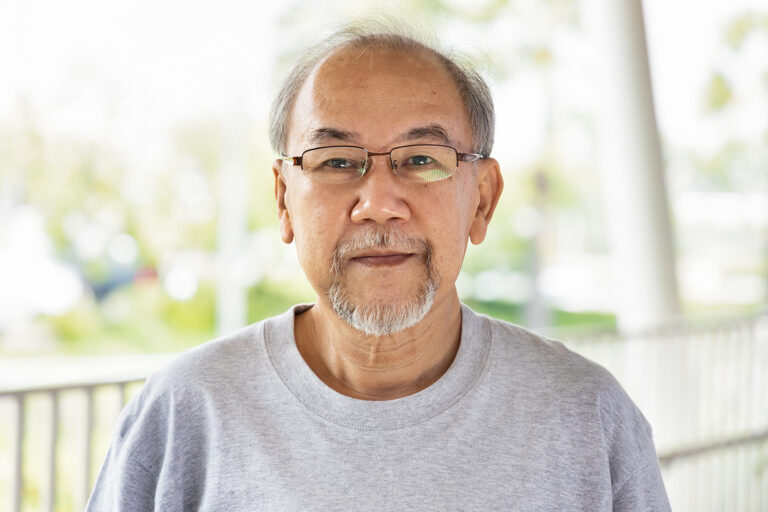Inclusive patient engagement is a powerful thing — but only when it’s carried out properly. Without the careful consideration of time, resourcing, and direction, patient engagement activities can actually reap very little useful insights. Too often, patient engagement activities are carried out far too late, with people who aren’t representative of the patient population. Take it from us, there’s nothing worse than having incredibly detailed, invaluable insights with the potential to uplift your clinical trial design, and too little time to implement any changes. And then, when no changes are made off the back of patient engagement activities, such activities will be considered purely tokenistic by the people who took part.
So, what are we left with? Patient engagement activities with too little funding to keep them alive, too little time to implement any insights, and too little diverse participation to get representative results. Whew. Let’s see how we can avoid this from happening and how to break down walls and enhance inclusive patient engagement:
- Get management buy-in. No inclusive patient engagement project goes anywhere without adequate funding. If you really need to get backing, build the business case for patient engagement. Discuss the value of patient insights in informing clinical trial design. Without the funding it needs, engagement programmes run the risk of not being sustained or even implemented.
- Plan early. Inclusive patient engagement should happen right at the very start of drug development — prior to the finalisation of the clinical trial design. Initial discussions with patients can prove incredibly useful to inform upcoming clinical trial designs, including eligibility criteria, site visit schedules, and patient support initiatives. Make sure you leave plenty of time to implement any feasible changes.
- Sustain engagement. Inclusive patient engagement is far from a one-stop-shop. If possible, you should aim to regularly engage with a long-term patient council. Patient councils can be invaluable in providing guidance throughout the drug development journey.
- Prioritise inclusivity. Who you include in your patient engagement activities will ultimately shape who the insights can be applied to further down the line. It’s important to bear in mind that diversity means a lot more than race and ethnicity. It also encompasses gender, neurodiversity, sexuality, and other demographic and socioeconomic factors. Those who participate in patient engagement activities are usually heavily engaged in their own healthcare decisions and have a high degree of health literacy. Consider the impactful insights you could gather from people who are usually disengaged with their care or those who cannot access appropriate care, and then consider how much more accessible your trial could be if you understood their perspectives.
- Immerse yourself. When you work in pharma, it can be so easy to get so wrapped up in the complexities of drug development, you almost forget who you’re doing this for. Inclusive patient engagement activities are your opportunity to get involved and truly understand the patient perspective. Use this time to form meaningful connections, and understand why you do what you do — developing interventions that have the power to change lives. Looking for a way to truly get involved with patients? Try exploring ethnography studies; they are a fantastic way to immerse yourself in patients’ worlds.
- Co-create solutions. Patients and communities have a lot more to give than insights into their experiences — they can also help shape your outreach strategies so that they’re more likely to succeed in their communities. You can use engagement activities to align recruitment materials and awareness strategies with the needs of the patient community.
- Keep communications alive. Patient engagement activities shouldn’t rise and fall with the start and end of drug development. Engaging with patients is a crucial way to uplift trust in the pharmaceutical industry, and goes a long way for promoting future collaborations too. This is even more important for communities who already have lower trust in the industry.
- Share outcomes. Across all of the clinical research industry, patients are saying one thing — share what you’ve learnt with us. While this is usually in connection to study outcomes, you should also prioritise sharing the impact of their insights in your work. Consider sending out a summary of the insights you were able to action based on their crucial perspectives.









